Alocasia robusta in bloom!
lariann
17 years ago
Related Stories
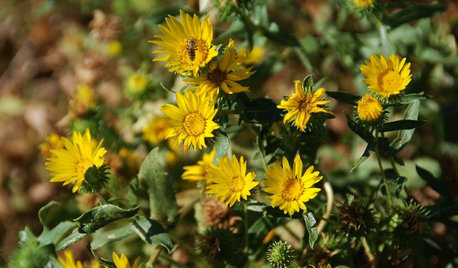
GARDENING GUIDESGreat Design Plant: California Grindelia Species for Beneficial Insects
Use gum plants as reliable summer bloomers and to provide habitat for California native bees, butterflies and other beneficial insects
Full Story0
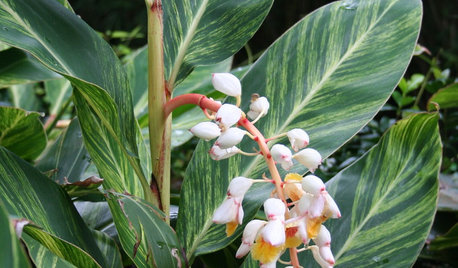
GARDENING GUIDES7 Tropical Bulbs for a Summer Garden That Wows
Try these stunners in summer's powerful heat for garden thrills with an exotic flair
Full Story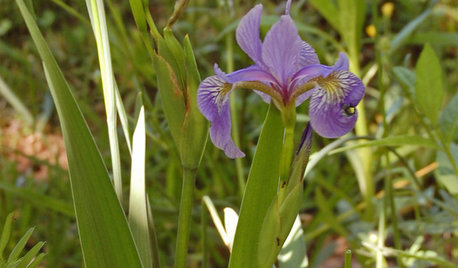
GARDENING GUIDESGreat Design Plant: Iris Versicolor
A versatile native iris for bridging wet and dry gardens
Full Story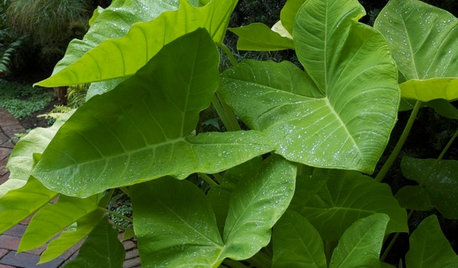
GARDENING GUIDES7 Tropical Wonders of the Plant World
Go for high impact with the spectacular foliage, over-the-top florals or iconic profiles of these hand-picked tropical favorites
Full Story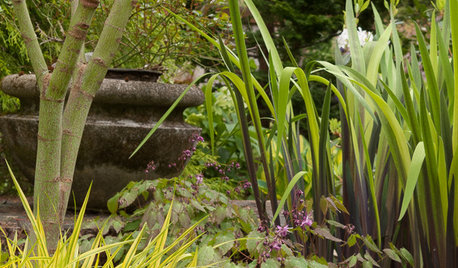
PLANTING IDEASA Great Spring Plant Combo for Dappled Shade
Time these ephemeral beauties right to watch them play off one another under a canopy of deciduous trees
Full Story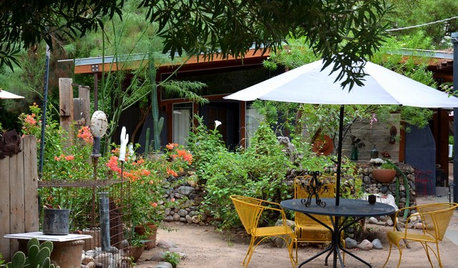
LANDSCAPE DESIGNAn Artist’s Garden Delights With Beauty and Whimsy
Step into this Phoenix garden, where history, color and the unexpected are waiting to be discovered
Full Story





lariannOriginal Author
philofan
Related Professionals
Harrison Landscape Architects & Landscape Designers · Towson Landscape Architects & Landscape Designers · Mount Wilson Landscape Architects & Landscape Designers · Kaysville Landscape Contractors · Pahrump Landscape Contractors · Pompano Beach Landscape Contractors · South Lyon Landscape Contractors · Vancouver Landscape Contractors · Coffeyville General Contractors · Janesville General Contractors · Mankato General Contractors · Eau Claire Siding & Exteriors · Guilford Siding & Exteriors · Independence Siding & Exteriors · San Antonio Siding & ExteriorslariannOriginal Author
bluebonsai101
lariannOriginal Author
bluebonsai101
lariannOriginal Author
greenelbows1
philofan
lariannOriginal Author
Jane5
lariannOriginal Author
Jane5
lariannOriginal Author
lariannOriginal Author
Jane5
pricklypearsatx
lariannOriginal Author
lariannOriginal Author
lariannOriginal Author
philofan
clement_2006
truetropical77
clement_2006
philofan
lariannOriginal Author
philofan
clement_2006
lariannOriginal Author
philofan
lariannOriginal Author
lariannOriginal Author
tropicallvr
lariannOriginal Author
michaelgalvin